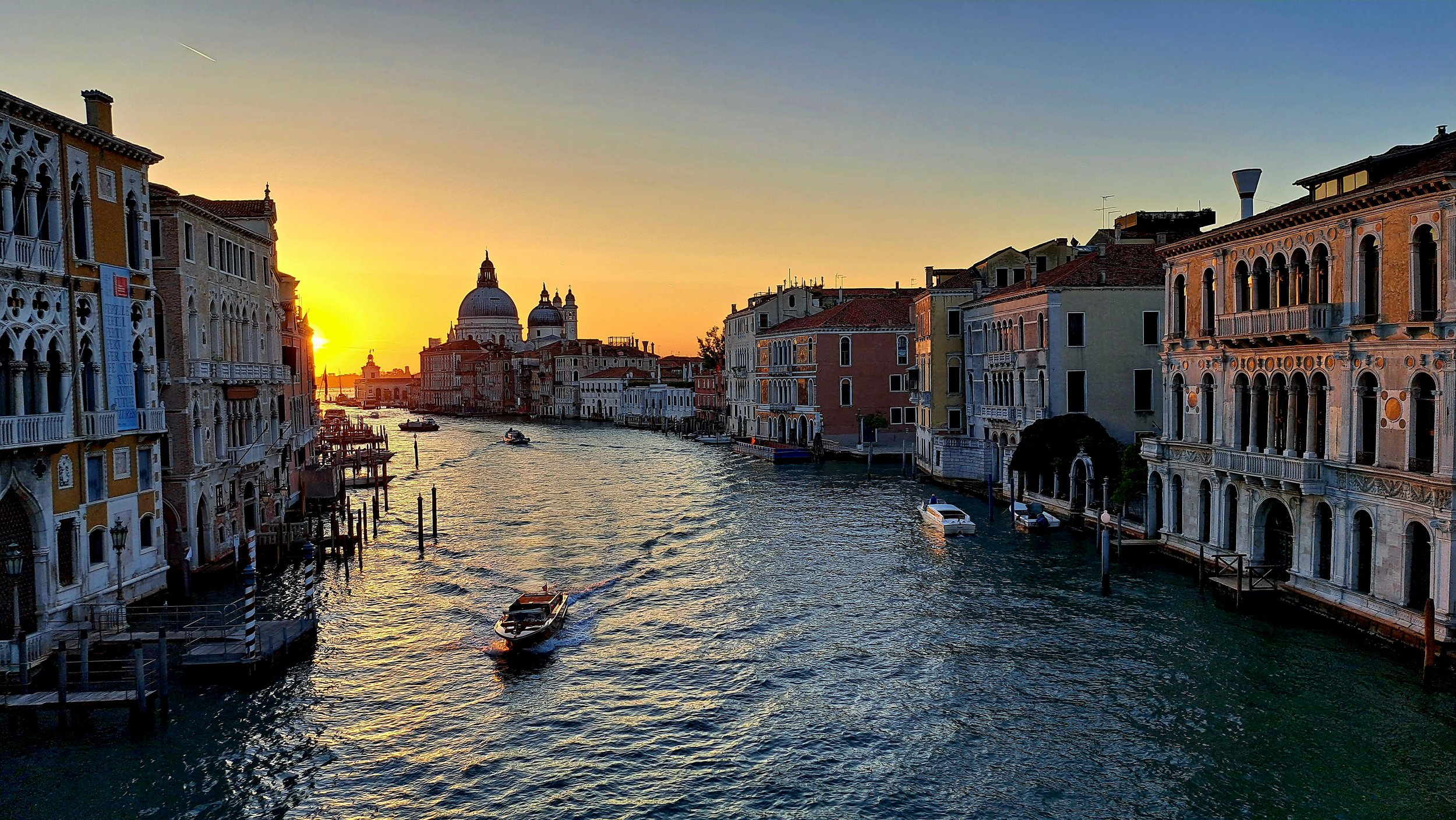Masterclass Insights: Learning from a Professional
/Today, I'm excited to share some invaluable insights from my recent masterclasses held in the picturesque cities of Venice, Ljubljana, and Budapest.
As an award-winning photographer with Getty Images, I've learned that the art of photography is an endless journey of discovery. In this post, I'll share some key lessons that can elevate your photography, whether you're a budding amateur or a seasoned professional.
1. The Power of Observation:
One of the first lessons in my masterclass is the power of observation. Great photography starts with seeing the world differently. It's about noticing the details others might miss – the way light falls on a cobblestone street or the fleeting expression on a passerby's face. I encourage my students to slow down and really look at their surroundings. This mindfulness in observation is the foundation of capturing compelling images.
2. Embracing Black and White:
My passion for black and white photography often finds its way into my teaching. Why black and white? It strips away the distractions of colour, allowing the viewer to focus on the subject, composition, and textures. It’s about using shades and tones to tell a story. In our classes, we explore the nuances of monochrome photography and how it can evoke emotions in a way that color sometimes can't.
3. The Art of Composition:
Good composition is critical to creating visually appealing photographs. We delve into the rules of thirds, leading lines, and framing. But more importantly, I encourage students to experiment and sometimes break these rules. We often find our unique style and voice in the breaking of conventional rules.
4. Film Photography – A Timeless Skill:
There's a certain magic to film photography that digital can't replicate. In some of our workshops, we explore this classic art form. Handling film teaches patience and precision – you have only so many shots in a roll, so each one counts. It's a fantastic way to refine your skills and deepen your appreciation for the photographic process.
5. Embracing Technology:
While I adore traditional photography, I also emphasize the importance of modern technology. Understanding post-processing software and social media is crucial in today's digital age. We cover the basics of editing and how to effectively use platforms like Instagram to showcase your work.
Conclusion:
Photography is more than just taking pictures; it’s about storytelling, creativity, and connecting with the world around us. Through my masterclasses, I aim to teach technical skills and ignite a passion for this beautiful art form. Remember, every great photographer started somewhere, and every shot you take brings you one step closer to mastering this craft. Keep shooting, keep learning, and most importantly, enjoy every moment behind the lens.























